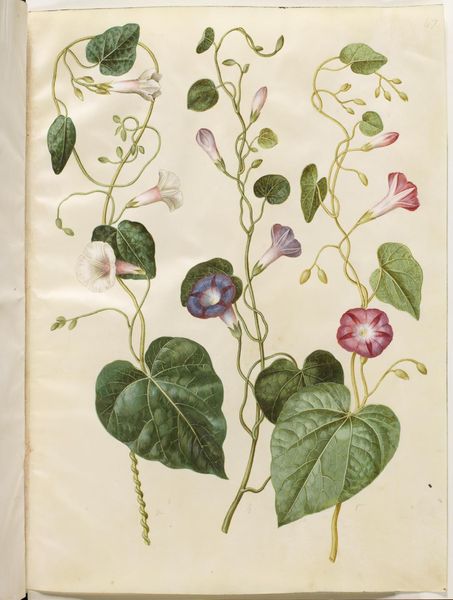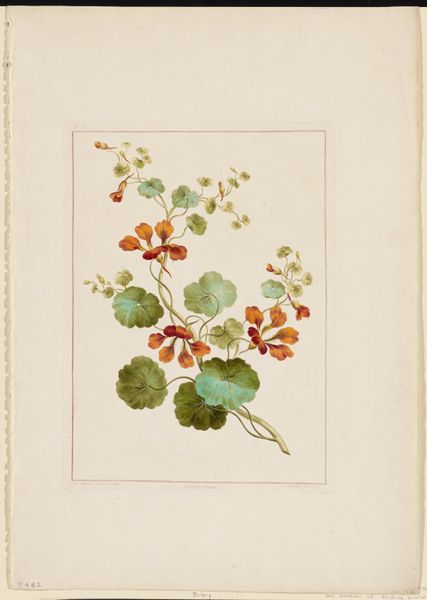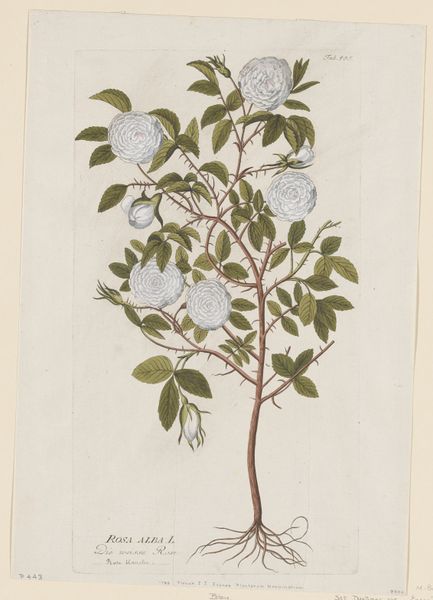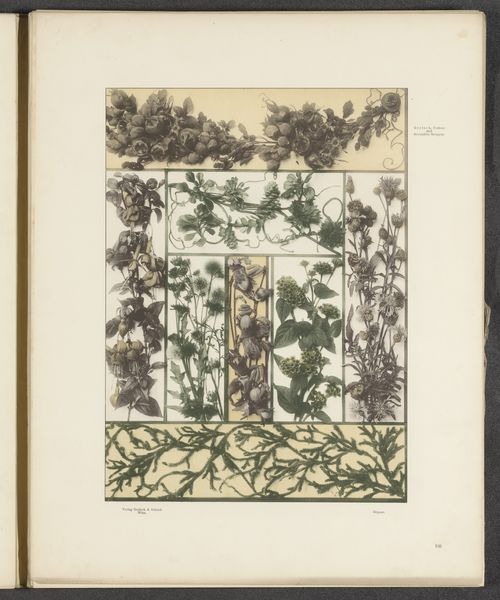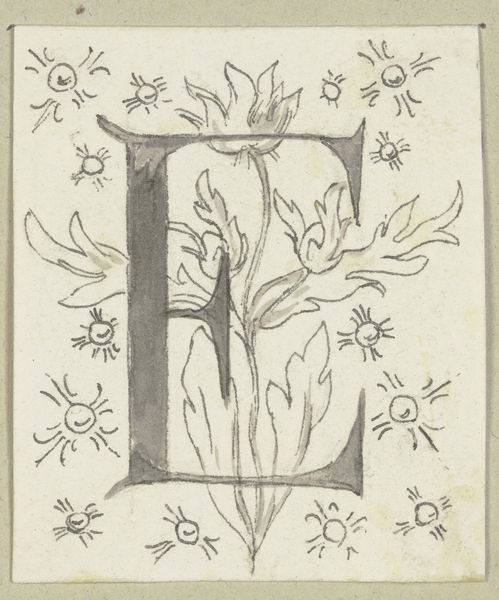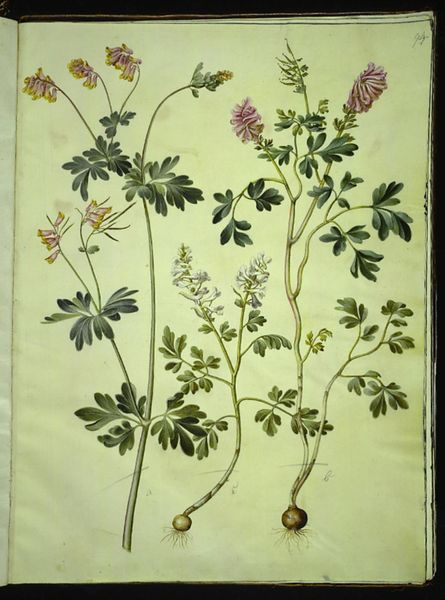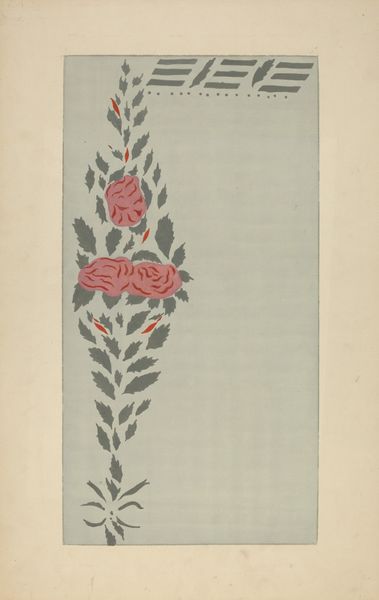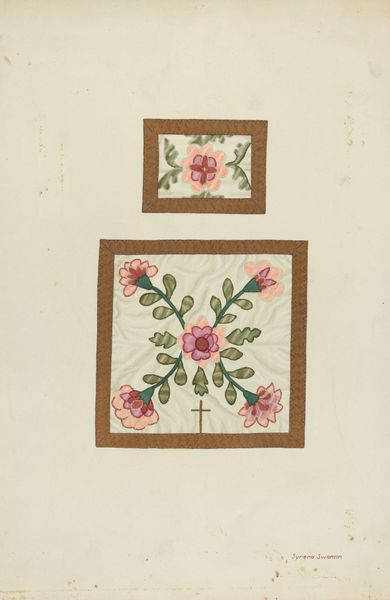
drawing, carving, pencil, wood
#
drawing
#
organic
#
carving
#
folk-art
#
geometric
#
pencil
#
line
#
wood
#
decorative-art
Dimensions: overall: 35.6 x 26.5 cm (14 x 10 7/16 in.) Original IAD Object: 2'x8"
Copyright: National Gallery of Art: CC0 1.0
Editor: Here we have "Carved Wood Panel" from around 1940 by Edward Jewett. The floral design against the wood grain really makes me appreciate the texture and depth. What do you see in this piece? Curator: It’s interesting to consider the labor involved. This wasn’t just drawing; the artist physically removed material to create depth and form. Look at how the wood grain interacts with the carved botanical forms. It's a material conversation. The question is, does this labor elevate craft to high art, or does the material itself speak of a different kind of artistic production altogether? Editor: I hadn't thought about the process in terms of elevating craft. So, you’re saying the material and the way it's worked challenges those high/low art categories? Curator: Precisely. This wasn't painted by machine; each cut was a deliberate action. Consider the consumption of the wood itself - where did it come from? Was this scrap wood, repurposed perhaps? It prompts a reconsideration of artistic intention. What social circumstances influenced this material selection and the means of production employed? Editor: The geometrical floral shapes and even the choice of green also make me think about the decorative arts of the early 20th century. How does this context tie into your perspective? Curator: Think of the Arts and Crafts movement and its emphasis on handmade goods, against industrialization. The material properties combined with this mode of production tell us about value, skill and the perceived place of art within society at this historical juncture. Editor: So, we can consider not only its aesthetic value but the statement it makes about craft, labor, and consumption. I'll definitely be looking at art differently from now on. Curator: Indeed. The real beauty of the artwork resides in revealing and understanding this artistic production within a socio-historical and materialist framework.
Comments
No comments
Be the first to comment and join the conversation on the ultimate creative platform.

